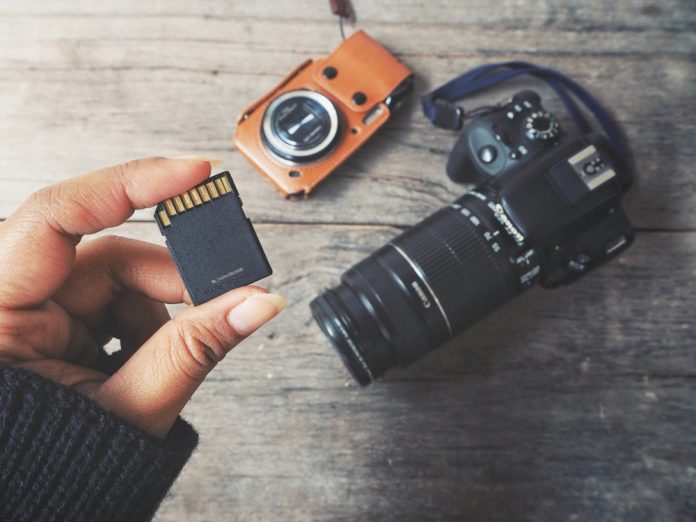Have you ever picked up a memory card and thought it looked more like a math problem than a piece of photography gear? You’re not alone! With all the speed classes, capacity ratings, and cryptic abbreviations, it’s easy to feel overwhelmed—especially if you’re new to cameras or video recording.
But here’s the good news: once you understand what the numbers and letters actually mean, choosing the right memory card becomes a lot easier. No more wasting money on cards that aren’t fast enough—or way more than you actually need.
In this guide, I’ll break down the most important numbers, symbols, and specs so you can confidently choose a memory card that suits your needs. Whether you’re shooting photos, 4K video, or just need reliable storage, we’ve got you covered.
Table of Contents
- Common Memory Card Types
- Understanding Capacity: How Much Is Enough?
- Speed Class, UHS, and Video Speed Ratings
- Read vs. Write Speeds: What’s the Difference?
- Matching the Right Memory Card to Your Camera
- FAQ
Common Memory Card Types
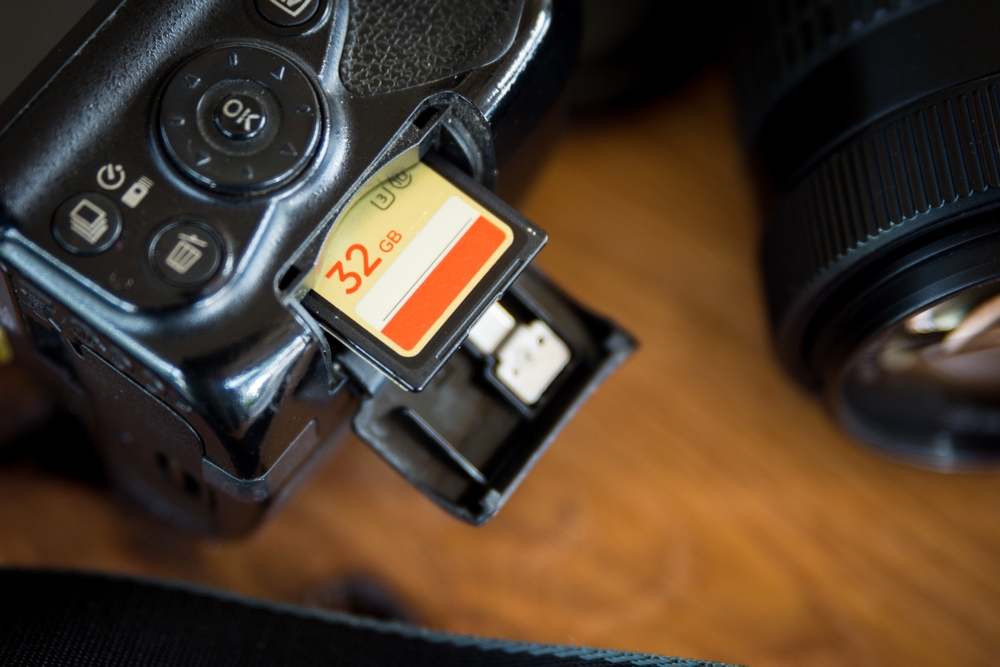
Photo by blessingscaptured via Shutterstock
The most common memory card format used in photography is the SD card. These are the ones you’ve probably seen the most, and they work in most DSLRs and mirrorless cameras. SD cards come in three variations: SDSC (Standard Capacity), SDHC (High Capacity), and SDXC (Extended Capacity).
MicroSD cards are smaller versions used in action cameras, drones, and smartphones. They’re convenient and can be used in SD card slots with an adapter, but they’re generally not as fast or durable for heavy-duty photography or videography.
Then there are higher-end formats like XQD and CFexpress cards. These are lightning-fast and built for professional use—great for 4K, 6K, or even 8K video and high-speed burst shooting. Just know they’re more expensive and only compatible with certain cameras.
The type of memory card you choose depends largely on your camera and shooting style. Don’t just go for the biggest or fastest—go for what your camera can actually handle.
Understanding Capacity: How Much Is Enough?
Memory card capacity is probably the easiest number to understand. It tells you how much data the card can store—measured in gigabytes (GB) or terabytes (TB). Common capacities range from 16GB to 512GB, with 64GB and 128GB being popular choices.
If you shoot JPEG photos and occasional videos, a 64GB card will serve you well. But if you’re capturing RAW files or shooting 4K video, you’ll want at least 128GB or more. One weekend shoot can easily eat up 100GB if you’re working with high-res files.
Also, don’t put all your eggs in one card. I always carry multiple memory cards and switch them out during long shoots to minimize the risk of total data loss.
It’s also worth noting that larger cards often come with faster speeds, but that’s not always guaranteed. Always check the speed ratings too—more on that next.
Speed Class, UHS, and Video Speed Ratings
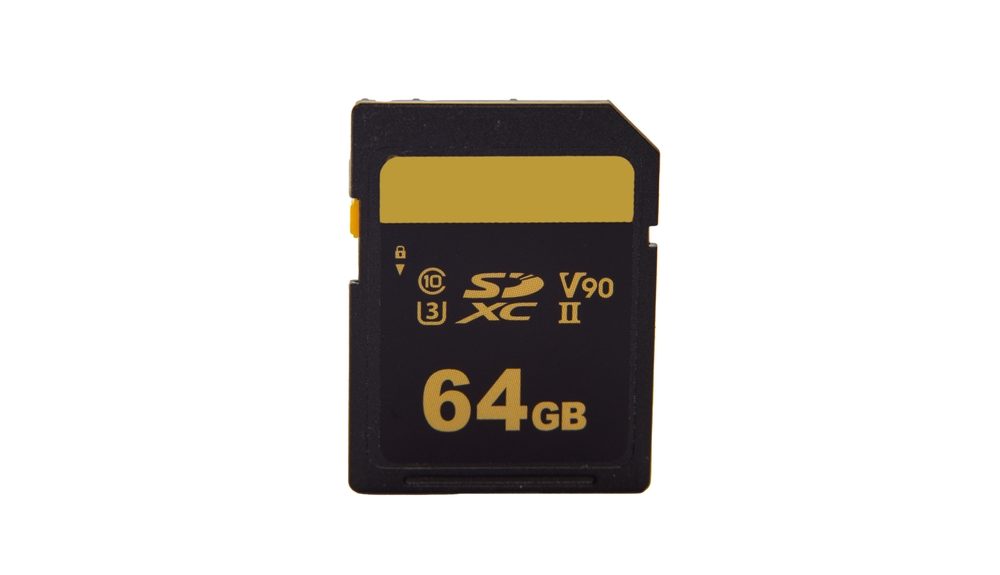
Photo by Julio Gala Gonzalez via Shutterstock
Now for the fun part: all those numbers and letters you see printed on a memory card’s label. These refer to how fast data can be written to the card. And speed matters—a lot—especially for burst photography or recording high-resolution video.
The basic Speed Class rating is shown as a number inside a circle—like Class 10. This means the card can write at a minimum of 10MB/s. It’s suitable for HD video and standard photography.
Then there’s UHS (Ultra High Speed), shown as a number inside a “U” symbol. U1 cards write at 10MB/s, while U3 cards support 30MB/s or more. U3 is a great choice for 4K video and fast action shots.
You’ll also see Video Speed Class ratings—like V30, V60, and V90. These refer to sustained write speeds. V30 is perfect for 4K video, while V60 and V90 are used for 6K and 8K professional work. When in doubt, V30 is a safe middle ground for most hybrid shooters.
Read vs. Write Speeds: What’s the Difference?
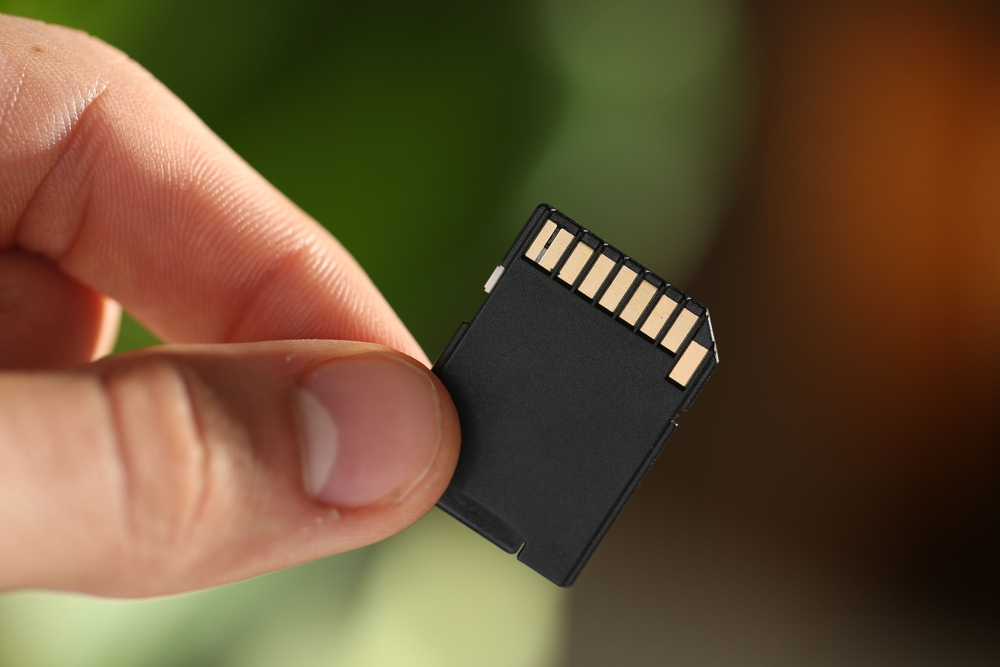
Photo by New Africa via Shutterstock
Another number you might see on a memory card is something like “95MB/s” or “170MB/s.” This is usually the read speed—how fast the card can transfer data *to* your computer. Great for workflow, but it doesn’t tell you how fast it writes files while shooting.
The write speed is more important when you’re actually taking photos or recording video. Unfortunately, this number isn’t always printed on the card, but you can usually find it on the manufacturer’s website.
If you’re using burst mode or capturing RAW files, your card’s write speed can make the difference between smooth shooting or your camera locking up mid-action.
Pro tip: Don’t buy a card just because the read speed is high. Make sure the write speed matches your camera’s needs—especially if you’re filming or shooting in high resolution.
Matching the Right Memory Card to Your Camera
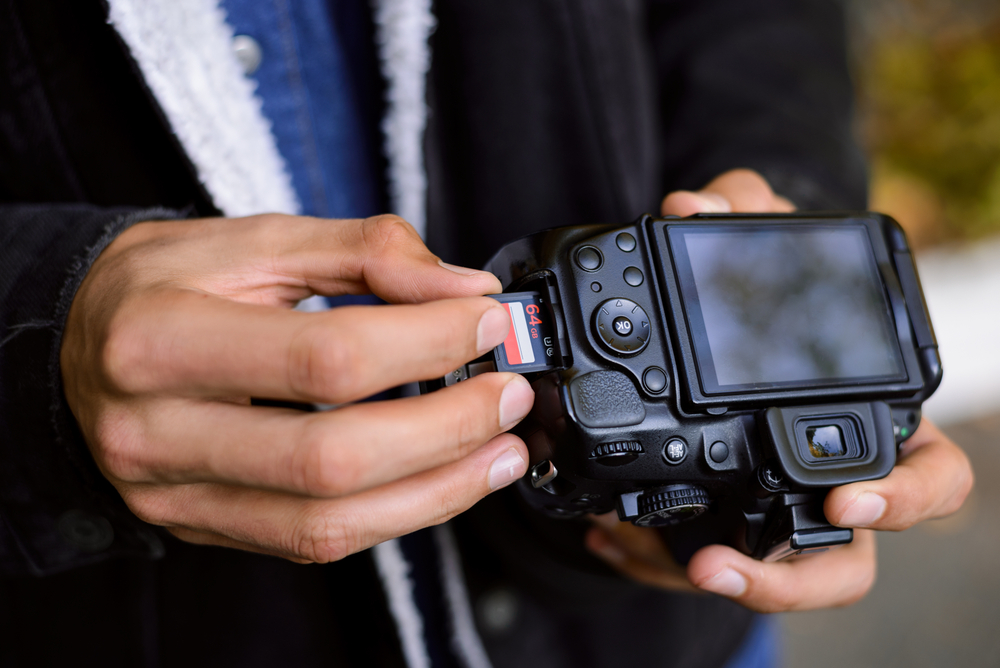
Photo by Vitalii Stock via Shutterstock
Choosing the right memory card isn’t just about buying the most expensive option. It’s about matching the card’s speed and type to your specific camera. Check your camera manual to see what types and speed classes it supports.
For example, if your camera only supports UHS-I, there’s no benefit to buying a UHS-II card. Likewise, if you’re not recording 4K video, you likely don’t need a V60 or V90-rated card.
I recommend carrying at least two memory cards to every shoot—one primary, one backup. Memory cards are small, but they can be the single point of failure if you’re not careful.
Lastly, always format your memory card in-camera before use. It helps prevent file errors and ensures the card is ready for your shoot.
FAQ
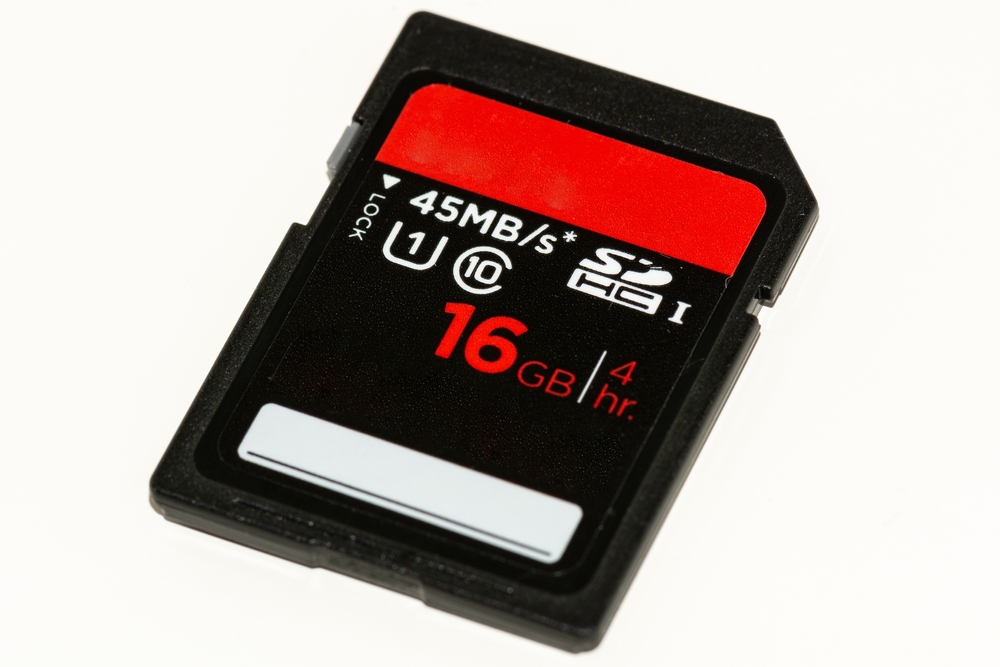
Photo by Michael Mulkens via Shutterstock
What does Class 10 mean on a memory card?
It means the card has a minimum write speed of 10MB/s. It’s good for full HD video and general photography.
Is UHS-II better than UHS-I?
Yes, UHS-II cards are faster and have an extra row of pins. But they’re only useful if your camera supports UHS-II.
Can I use a microSD card in my camera?
Yes, with an adapter. But they tend to be slower and less durable than full-sized SD cards.
How many photos can a 64GB memory card hold?
It depends on file size. On average, you can store around 2,000–3,000 JPEGs or 800–1,000 RAW images.
Should I buy one big card or several smaller ones?
Several smaller ones are safer. If one fails, you haven’t lost everything.
Just so you know, some of the cool stuff we mention comes with affiliate links, meaning we earn a commission if you buy (no extra charge to you!). Plus, we occasionally feature sponsored content, but rest assured, we only shout out products we genuinely stand behind.
Learn More:
Hero photo by successo images via Shutterstock

